Food labels may seem straightforward, but they often conceal crucial details that can significantly impact your health and daily diet. Understanding what’s really behind the fine print can help you make smarter, more informed, healthier choices. Here are 13 hidden secrets lurking in your food labels.
“Natural Flavors” are Vague

Seeing “natural flavors” on a label might seem harmless, but it’s a vague term covering lab-created additives derived from plant or animal sources. These can include hidden allergens, synthetic chemicals, or artificial enhancers that alter taste while concealing their true ingredients from consumers.
“No Added Sugar” Misleads

Foods labeled “no added sugar” can still be packed with naturally occurring sugars from fruit concentrates, honey, or syrups. These sugars can spike blood sugar levels, making it essential to check the total carbohydrate count, glycemic index, and ingredients rather than just relying on the label’s claim.
“Fat-Free” Means More Sugar
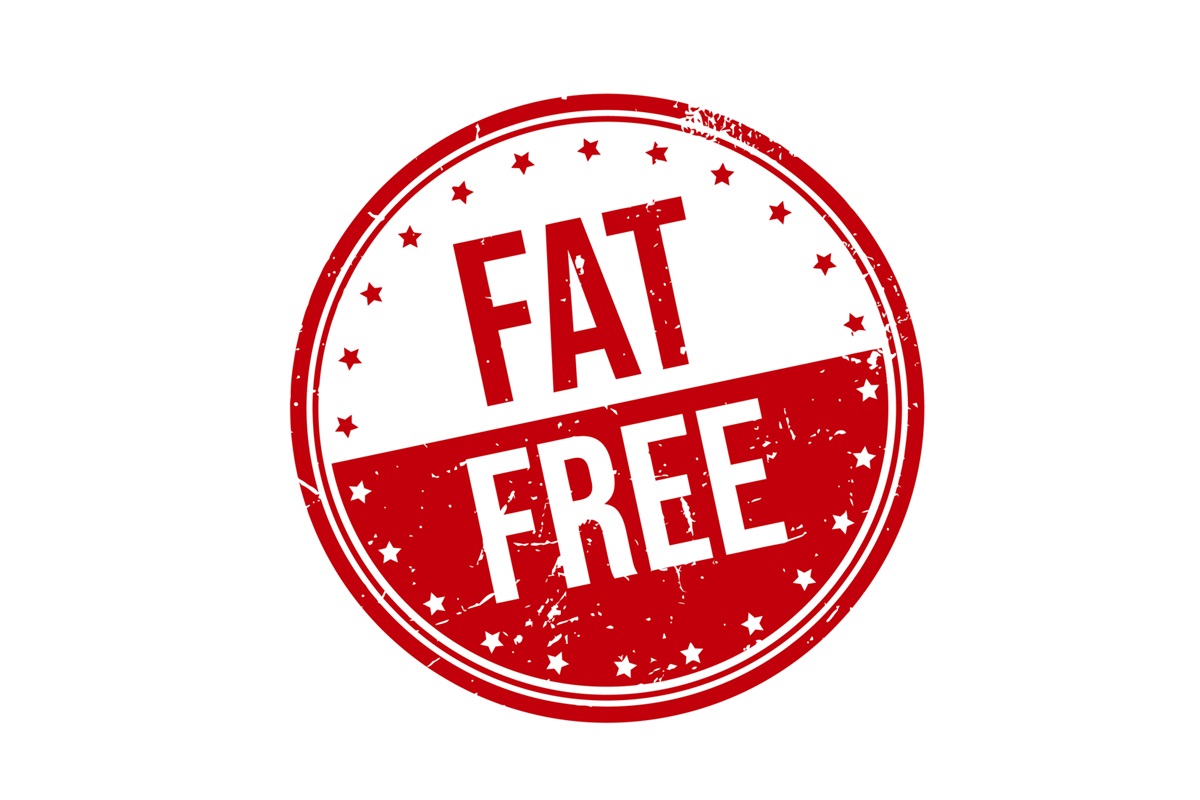
When fat is removed from foods like yogurt or salad dressings, manufacturers often replace it with sugar, artificial thickeners, or refined carbohydrates to maintain texture and flavor. These additives can lead to blood sugar crashes, increased cravings, potential weight gain, and negatively impact overall health in the long run.
Serving Sizes Trick You

Many packaged foods manipulate serving sizes to make calorie and nutrient counts appear lower. For example, a juice bottle might list two servings when it’s meant for one, doubling the intake of sugar, calories, unhealthy additives, and potentially impacting your health, weight management, and overall diet choices.
Related Post: 12 Fancy-Looking Meals You Can Make on a Budget
“Multigrain” isn’t Whole Grain

Seeing “multigrain” on a label might sound healthy, but it simply means the product contains multiple types of grains, often refined and stripped of nutrients. Look for “100% whole grain” or check the ingredients list to ensure whole grains are the primary, dominant ingredient for maximum health benefits.
Related Post: 15 Delicious One-Pot Meals That Practically Cook Themselves
Artificial Colors Raise Risks

Seeing artificial colors on a label might not seem alarming, but synthetic dyes like Red 40 and Yellow 5 have been linked to behavioral issues and allergic reactions. Choosing natural alternatives like beet juice or turmeric can help you avoid artificial ingredients with potential health risks.
Related Post: 15 Genius Cooking Hacks That Will Save You Hours in the Kitchen
“Made With Real Fruit” Lies

Seeing “made with real fruit” on a label might sound nutritious, but many products contain only small traces of fruit puree or juice. These items are often packed with added sugars, artificial flavors, and preservatives that provide little to no real nutritional value for consumers.
Related Post: 12 French Pastries That Will Make You Feel Like a Parisian Baker
“Cage-Free” isn’t Pasture-Raised
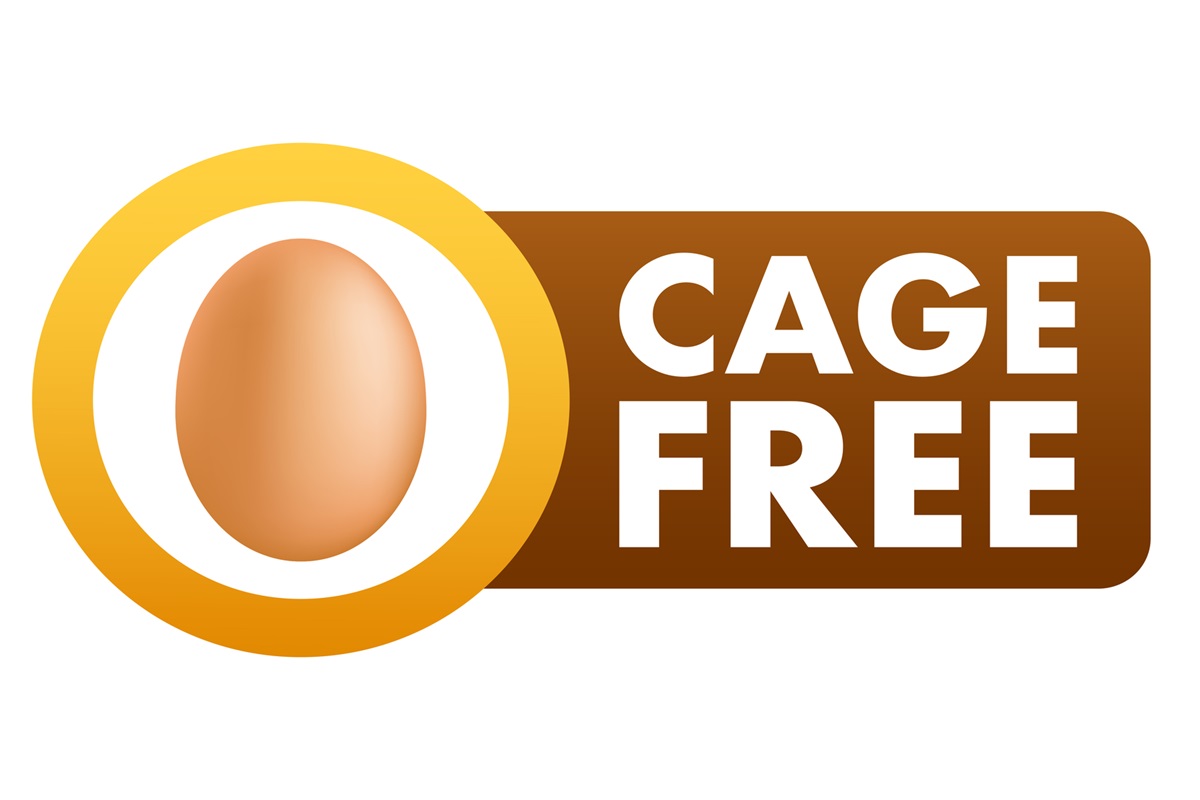
Seeing “cage-free” on a label might suggest humane farming, but it only means the hens weren’t confined to cages. These birds may still live in crowded warehouses without outdoor access, making terms like “pasture-raised” or “certified organic” better indicators of animal welfare.
Related Post: 15 Easy Sushi Recipes That Will Make You Feel Like a Pro
“Gluten-Free” isn’t Always Healthy
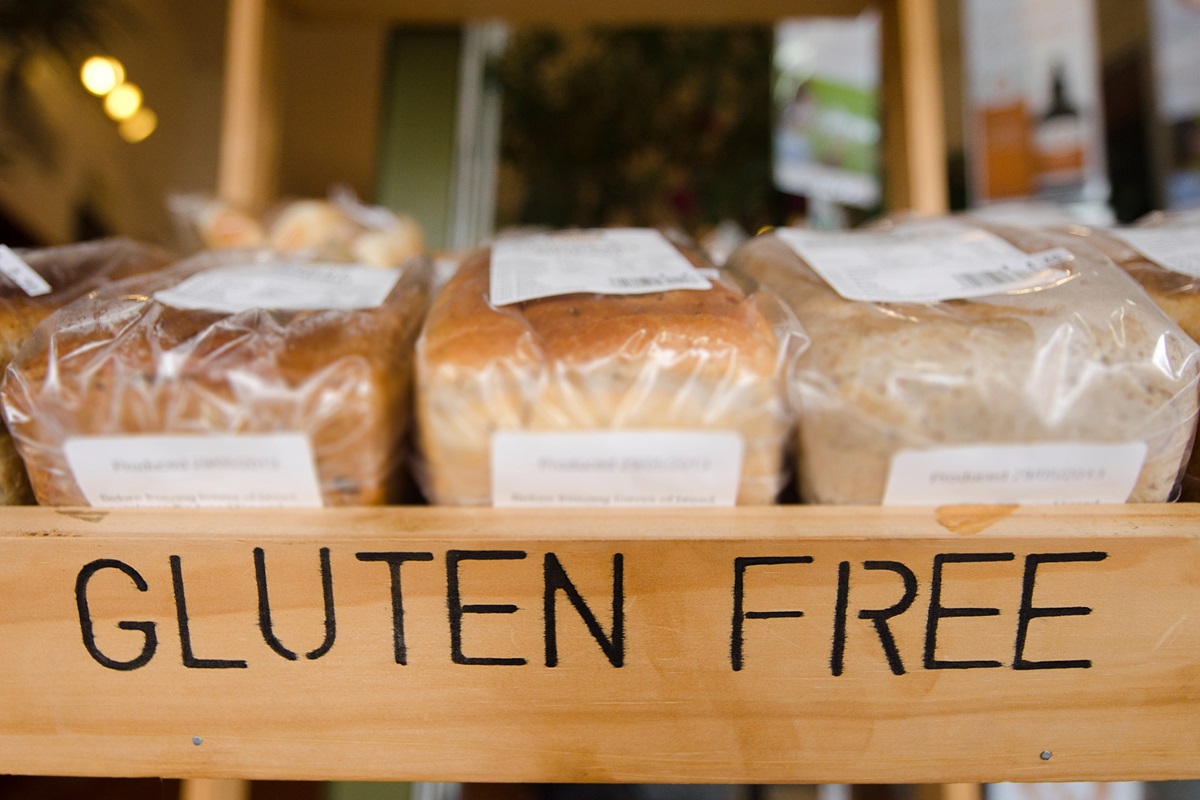
Seeing “gluten-free” on a label might seem like a better option, but many of these products replace wheat with refined starches, gums, and sugar. These substitutes can spike blood sugar, disrupt digestion, and offer little nutritional benefit compared to whole, naturally gluten-free foods.
Related Post: 12 Birthday Cakes We Dreamed of Before Instagram Made Everything Extra
“Zero Trans Fat” Still has Some

Seeing “zero trans fat” on a label might seem reassuring, but the FDA allows up to 0.5 grams per serving to be labeled as zero. Since trans fats contribute to heart disease, checking for “partially hydrogenated oils” in the ingredients list helps avoid these harmful additives and improve overall health.
Related Post: You Won’t Believe These 12 Strange Food Combos That Are Shockingly Good
“Organic” isn’t Always Pure
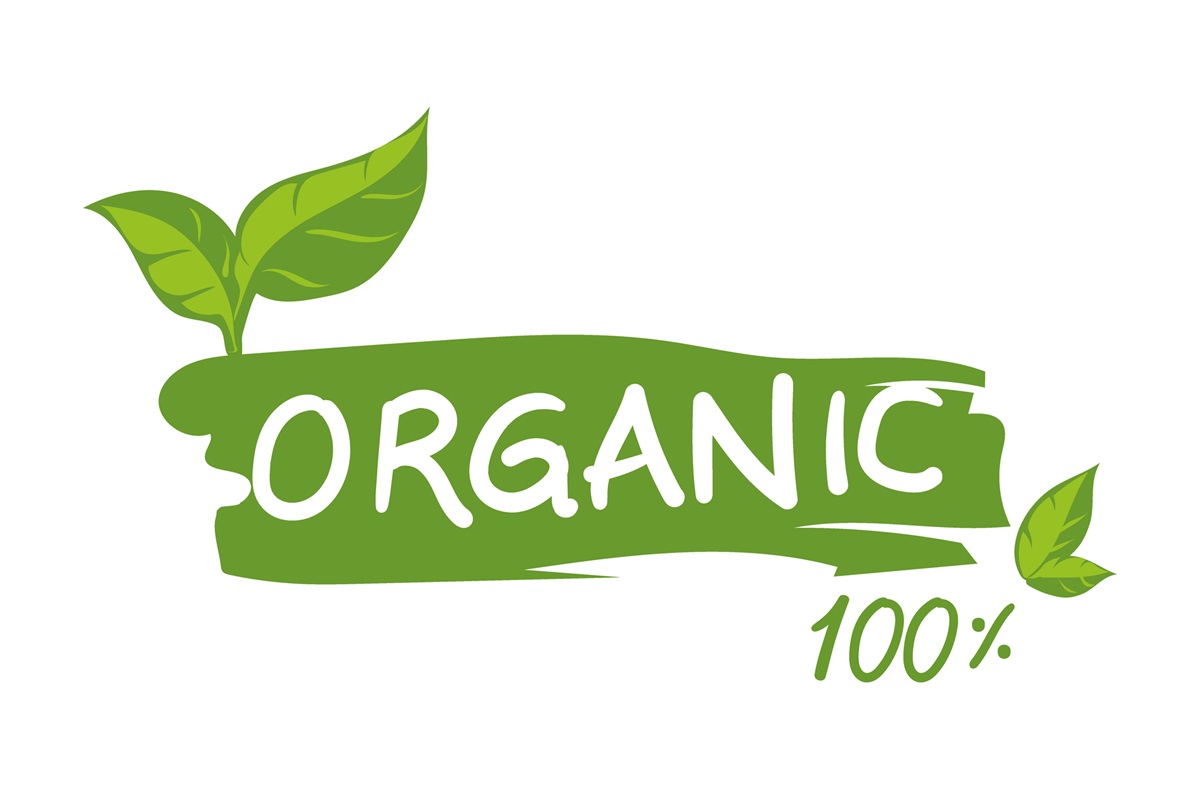
Seeing “organic” on a label might suggest a completely natural product, but it only requires 95% of the ingredients to be organic. The remaining 5% can include synthetic additives, so looking for “100% organic” or USDA-certified products ensures a higher level of purity and fewer artificial chemicals.
Related Post: 11 Power-Packed Meats You Should Be Eating for a Healthier Life
“Reduced Sodium” Can Still be High
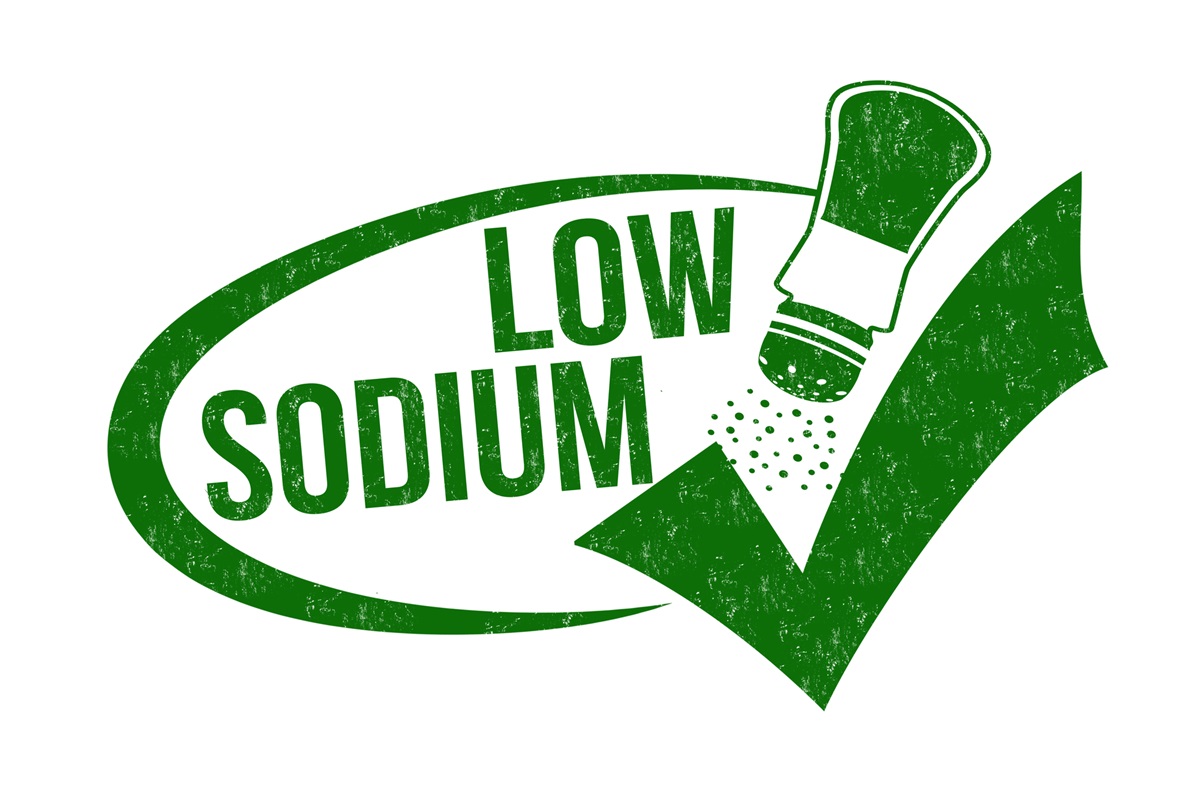
Seeing “reduced sodium” on a label might seem like a healthier choice, but it only means the product has 25% less sodium than the original version. Many processed foods still contain excessive amounts of salt, so checking the actual sodium content is always necessary to make informed decisions.
Related Post: 12 Insanely Good Cocktails That Belong in a Fancy Bar
“Sugar-Free” Has Artificial Sweeteners

Seeing “sugar-free” on a label might make a product seem healthier, but many contain artificial sweeteners like aspartame or sucralose. These substitutes can cause digestive discomfort, alter gut bacteria, and may even increase sugar cravings rather than reducing them, potentially leading to other health concerns.
Related Post: 12 Foods from the 80s You Thought Were Healthy but Totally Weren’t
By decoding these hidden secrets on food labels, you can make better choices and protect your health. Always read beyond the marketing claims and focus on the ingredients list and nutrition facts to understand what you’re truly consuming, ensuring you avoid unnecessary additives and preservatives.
Disclaimer: This list is solely the author’s opinion based on research and publicly available information.
15 Genius Meal Prep Hacks That Save You Time and Calories

Meal prep doesn’t have to be a chore, it can be the key to effortless, healthy eating all week long. With a few smart strategies, you can cut down on cooking time, reduce food waste, and make sure you always have nutritious meals ready to go. From batch-cooking proteins to freezing smoothie packs, these genius hacks will streamline your routine while helping you stay on track with your health goals. The best part? You don’t need to spend hours in the kitchen to enjoy homemade meals. conscious.
Read it here: 15 Genius Meal Prep Hacks That Save You Time and Calories
15 Simple Steps to a Healthier Meal Plan

Eating healthier doesn’t have to be complicated or time-consuming; it’s all about making smart, sustainable choices. With just a few simple tweaks, you can transform your meals into nutrient-packed, satisfying dishes that fuel your body without sacrificing flavor. Whether you’re looking to add more whole foods, cut back on processed ingredients, or simply bring more balance to your diet, these 15 easy steps will help you build a meal plan that works for your lifestyle.
Read it here: 15 Simple Steps to a Healthier Meal Plan
15 Sneaky Foods That Could Be Sabotaging Your Blood Sugar

Managing blood sugar isn’t just about avoiding sweets, many everyday foods can cause unexpected spikes. Some might seem healthy on the surface, but hidden sugars, refined carbs, and processed ingredients can send glucose levels soaring. Whether it’s a favorite snack or a common meal staple, these sneaky foods could be quietly sabotaging your blood sugar without you even realizing it.
Read it here: 15 Sneaky Foods That Could Be Sabotaging Your Blood Sugar
